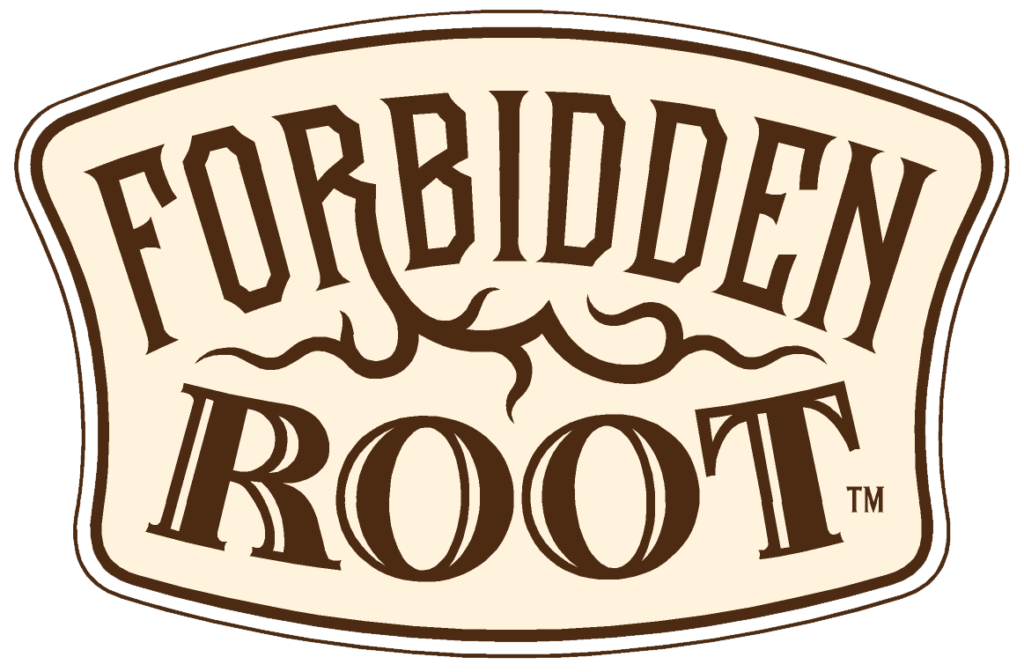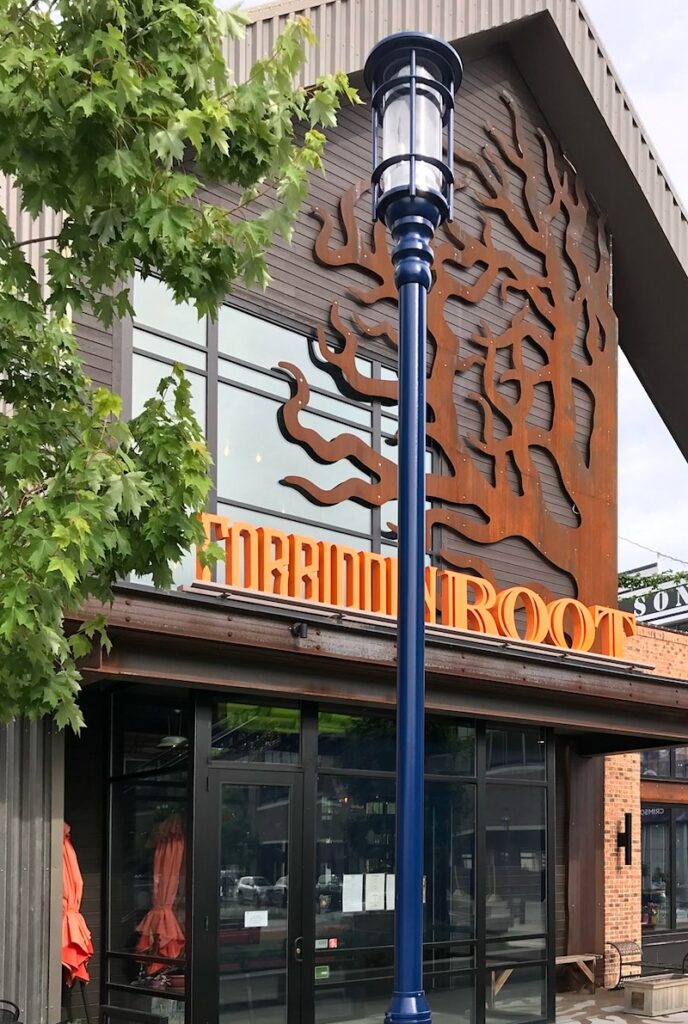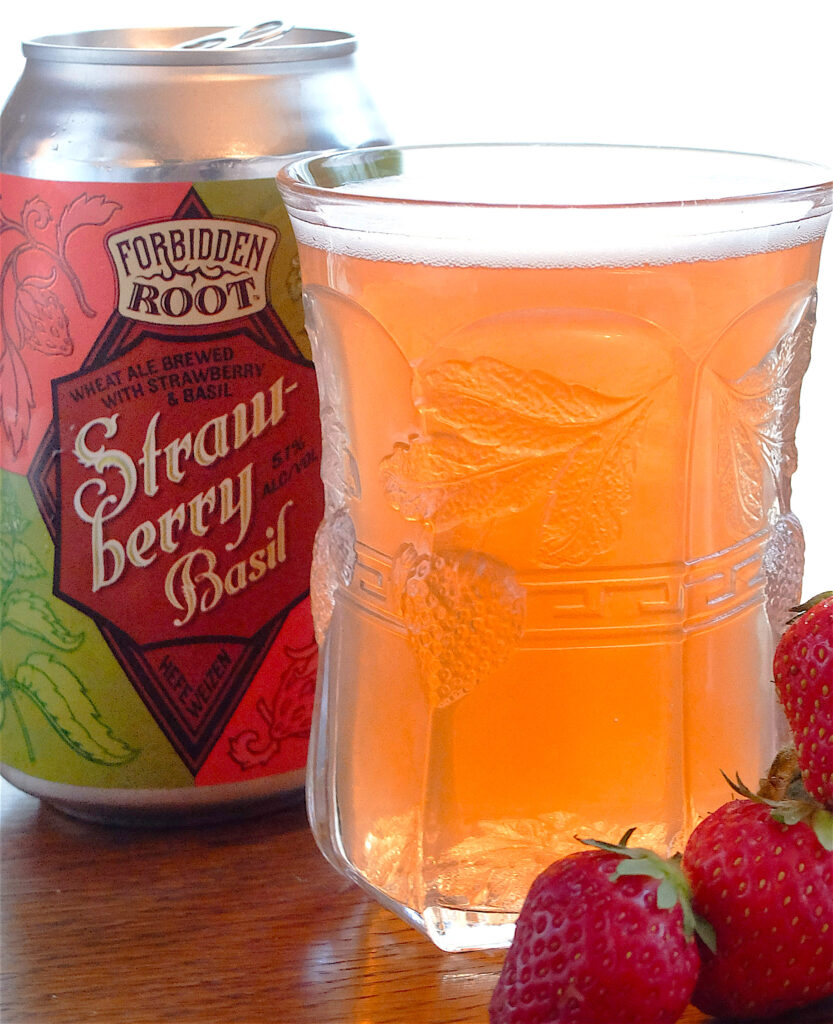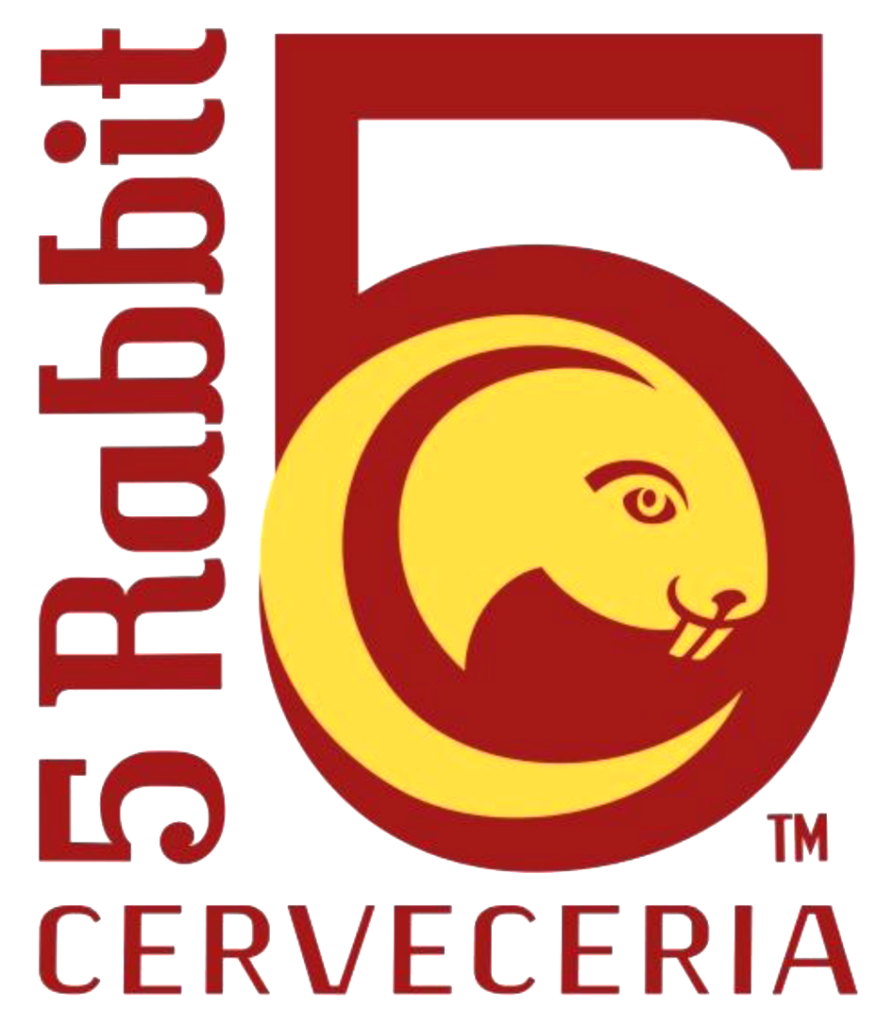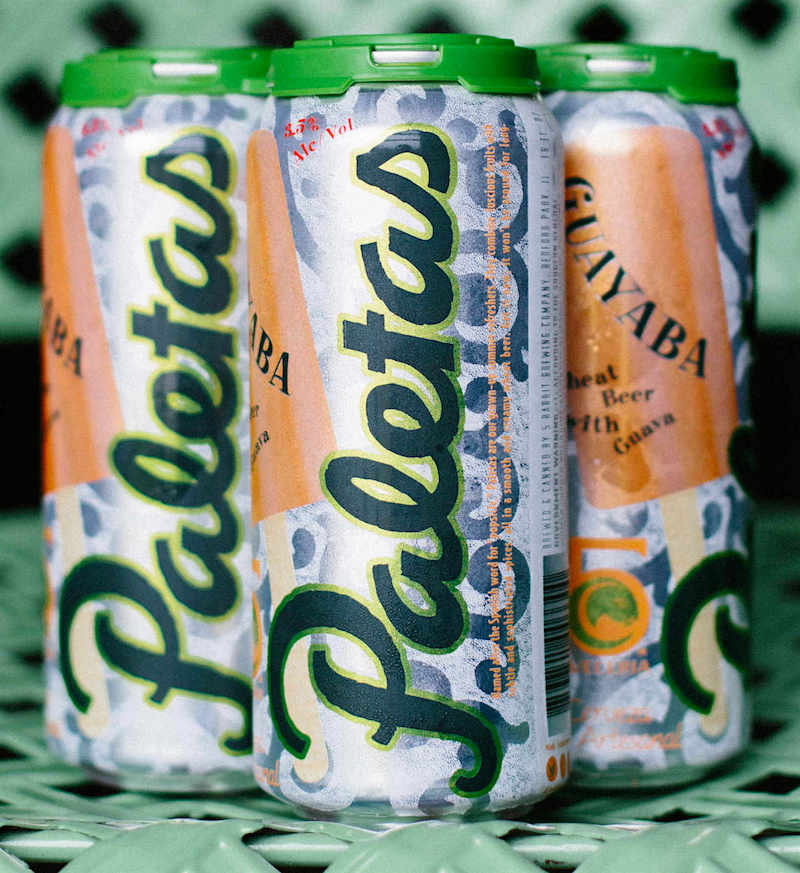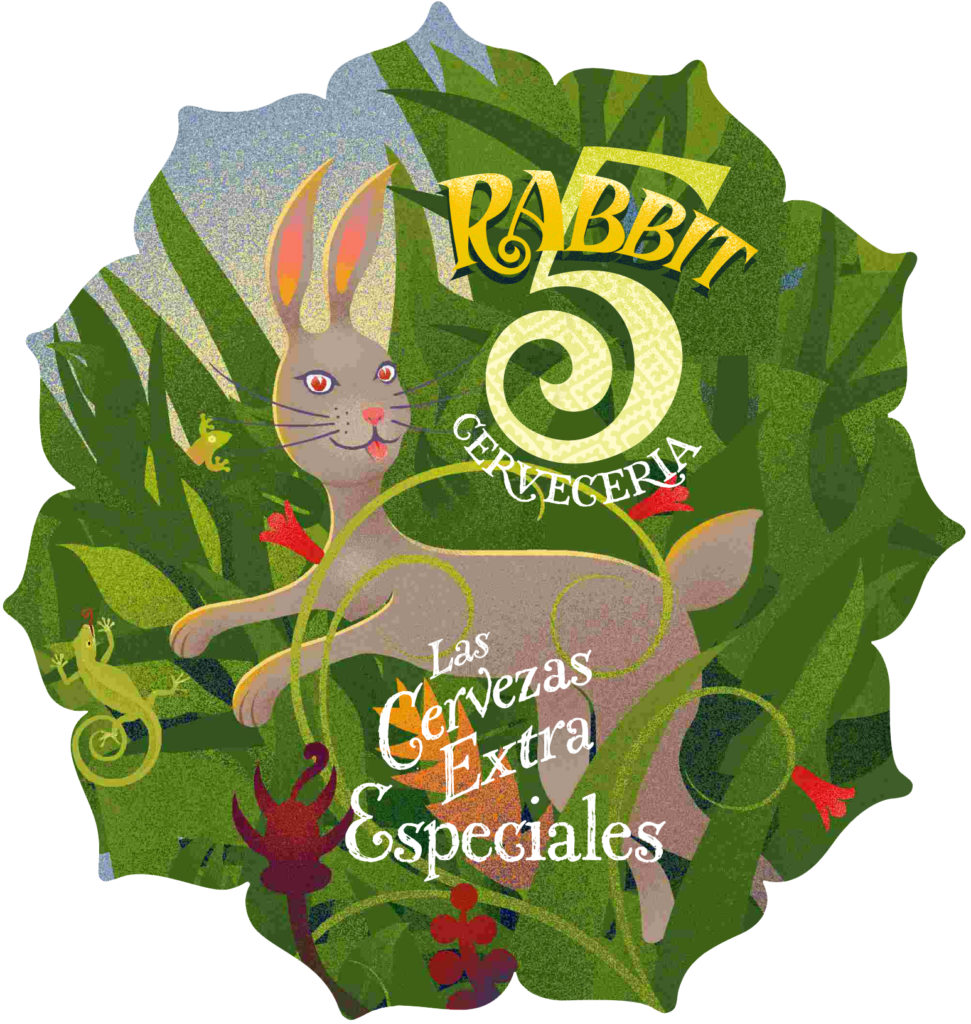Affiliated Breweries
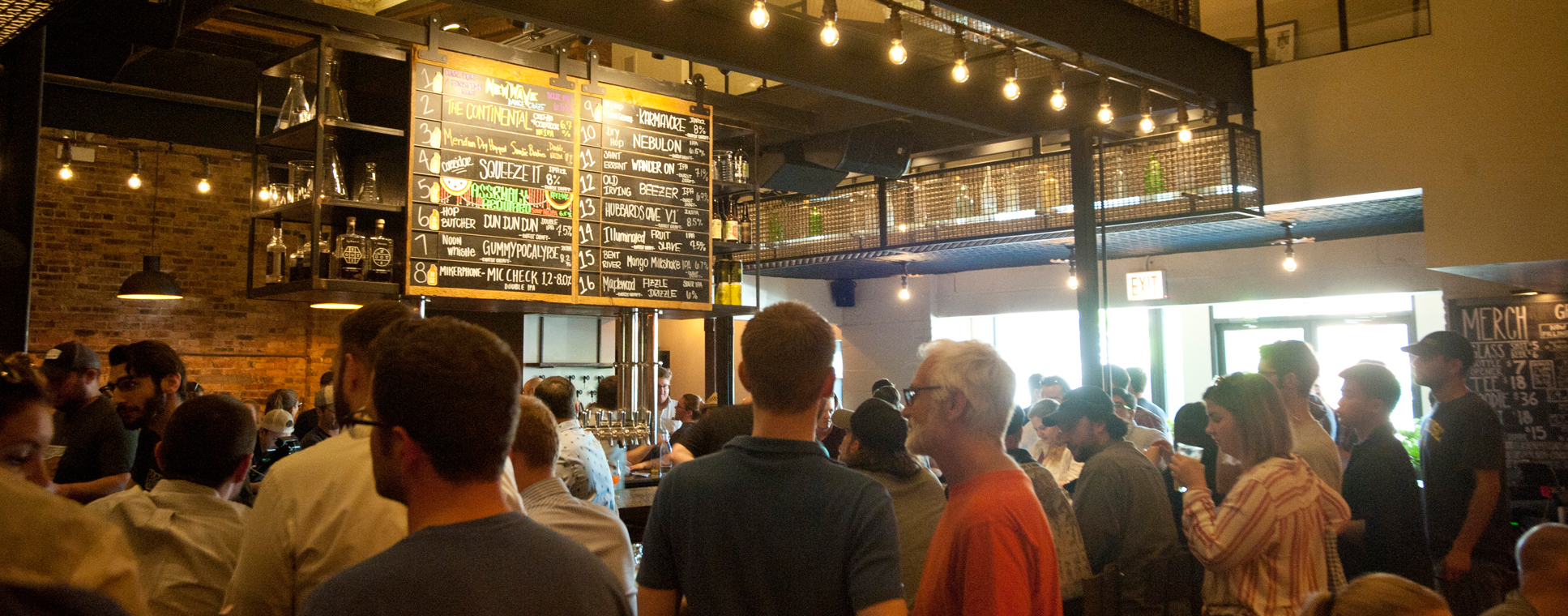
Partner
My notoriety as a norm-busting brewer with branding and packaging expertise proved attractive to a number of start-ups, and in two cases led to invitations to participate at the partner level. My involvement in both was the same: to suggest creative possibilities, solve flavor problems, tell stories and handle visual aspects of branding and packaging.
My partner’s original desire to create an all-natural alcoholic root beer inspired by historic 19th-century examples proved too great a challenge for the market (long story), but the concept eventually transformed into our self-defined position as a “botanic brewery.” To us, this not only means using any and all available ingredients to make a delicious and interesting beer, but thinking botanically even about standard brewing ingredients such as hops.
We produce beers that are different from everyone else’s, but that’s because our methods and thinking are different. Our flagship products in the market are our Strawberry Basil Hefeweizen and Peach Wit. Both feature fresh fruit flavors augmented by botanical ingredients. In the case of the strawberry, it’s the harmonious contrast of the basil. With the peach, it’s the way the way our carefully selected botanicals surround and enhance the peach flavor. You wouldn’t expect to find jasmine, sour orange, rose, mahleb (Middle Eastern cherry pit), chamomile and iris root in peach flavor, yet there they are. Topping it all in that beer is a Chinese tree flower called sweet osmanthus, which brings back some of the essential peachy aroma that is normally lost to fermentation.
We’ve done a lot of fun projects, including collaborations with Fernet Branca, Three Floyds Brewing and Chicago’s amazing Vosges Haute Chocolat, the first two of which received 100-point ratings from RateBeer. Other memorable beers have included the Negroni-inspired Industry Night, a fig dubbel that also included fig leaves, that bring a bit of woody/nutty aromas, Cherrytree Amaro, that got most of its cherry character from cherry stems, a pear-tarragon beer called Pearagon and an ongoing summer seasonal lager called Purple Pils that contains, jasmine, iris root and chamomile, which subtly shifts the hop aroma into new territory while not losing the essential character of a fine European pils.
Today, we have two brewery-restaurants in Chicago and one in Columbus, Ohio—all with very high quality chef-driven cuisine. Each has a somewhat different character while still representing the Forbidden Root concept. Our philosophy is to hire creative people, support them, then get out of their way.
Since 2009, I’ve been proud to help my LatinX partners translate the folklore and cuisine of Latin America into modern American craft beer. People loved our beers, but the best part was the joy of seeing the beautiful crowds at our taproom who felt we were representing their culture.
We made some amazingly interesting and delicious beers, and won a few prestigious medals, too. Our creative aim was to tell the stories of Latin culture and cuisine. Our flagship was a passionfruit witbier called 5 Lizard, with fresh lime and a piney Chinese coriander. One beer, Missionario, revolved around the melding of the cuisines of Europe and the New World. It contained the indispensible ingredients of wheat and grapes brought by the friars in order to be able to administer Communion, plus another ingredient that rotated: almonds, figs and pears. Our fall seasonal, Vida y Muerte, which we called a “muerzen,” contained Argentine dulce de leche (milk caramel), cinnamon and tarragon, which hinted at the spicy flavors of an herb called hoja santa that’s not allowed in US food products due to its safrole content.
Back when shandies and radlers were all the rage, we hit on the concept of Paletas—popsicles—and made these lowish-alcohol beers with huge amounts of wheat along with a number of flavors that brought to mind aguas frescas, the non-alcoholic fruit “waters” common in taquerias: tamarind, prickly pear fruit, guava and others. The watermelon edition contained an actual ton of fresh watermelon that we cut up and puréed with a huge stick blender. The juice represented fully 30% of the liquid in the brew.
Faced with oversized facilities situated inconveniently far from downtown plus the crushing blow of COVID, 5 Rabbit shuttered and is currently on hiatus. The ongoing plan is to re-emerge as a brewpub in the near-south Pilsen neighborhood, the heart and soul of Chicago’s Mexican community—a place where we probably should have been all along.
